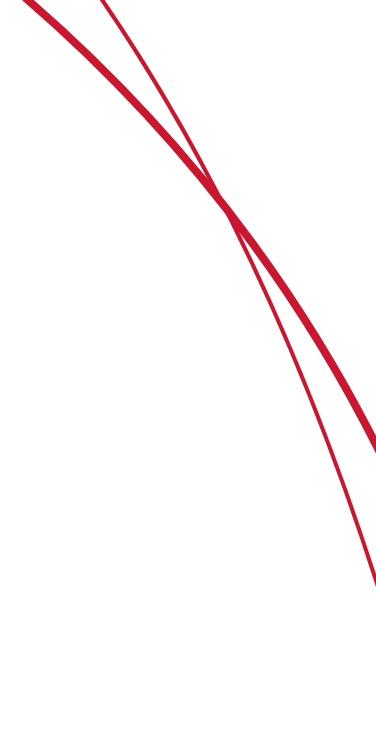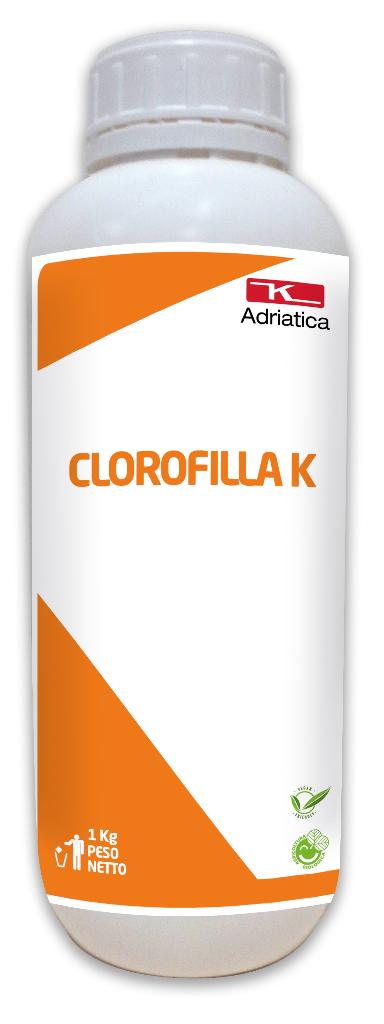

Packaging 1 - 5 - 20 kg
MESO AND MICROELEMENTS
CLOROFILLA K
PREVENTS AND TREATS IRON DEFICIENCY
ENHANCES PLANT RESPONSE TO ABIOTIC STRESS
IMPROVES PHOTOSYNTHETIC EFFICIENCY
PROMOTES ACTIVITY AND DEVELOPMENT OF RHIZOSHERE BACTERIA
ALLOWED IN ORGANIC FARMING
CLOROFILLA K is an organo-mineral formulation with a high presence of iron and potassium. Iron is bound to a particular organic complex that can be easily absorbed and translocated in the plant, thus preventing and treating potential ferric chlorosis. When applied to any crop either through the roots or through the leaves, it stimulates a rapid and greening activity.
CLOROFILLA K stimulates the synthesis of chlorophyll, it enhances photosynthesis and respiration, it promotes the synthesis of organic compounds, it triggers redox reactions and it acts synergistically with molybdenum in reducing the amounts of nitrates.
Thanks to its content in specific amino acids, CLOROFILLA K organic matrix stimulates the plant to an important osmo-protective activity as a reaction to abiotic stress (due to excessive salinity, water shortage, high temperature) and keeps the cells' metabolic functions active. When applied through the roots, CLOROFILLA K positively affects the activity and the development of the rhizosphere microorganisms, further improving iron absorption. The acidic pH and the low conductivity are such that both toxicity and incompatibility can be excluded.
| Culture | Time of application | Dose fogliare* | Fertigation dose* |
|---|---|---|---|
| Grapes e Kiwifruit | From early vegetative phases, preventative applications preferably at pre- and post-flowering, or curative applications at the appearance of iron-deficiency chlorosis. 2-3 applications every 8-10 days | 2-4 Kg | 20-40 Kg |
| Stone fruits (Plum, Peach, Nectarine, Cherry, Apricot) e Pome fruits (Pear, Apple, Quince) | From early vegetative phases, preventative applications preferably at pre- and post-flowering, or curative applications at the appearance of iron-deficiency chlorosis. 2-3 applications every 8-10 days | 2-4 Kg | 20-40 Kg |
| Olive e Citrus (Tangerine, Lemon, Clementine, Bergamot, Orange) | From early vegetative phases, preventative applications preferably at pre- and post-flowering, or curative applications at the appearance of iron-deficiency chlorosis. 2-3 applications every 8-10 days | 2-4 Kg | 20-40 Kg |
| Fruiting vegetables (Pumpkin, Zucchini, Tomato, Pepper, Melon, Eggplant, Cucumber, Watermelon) | From early vegetative phases, preventative applications preferably at pre- and post-flowering, or curative applications at the appearance of iron-deficiency chlorosis. 2-3 applications every 8-10 days | 2-4 Kg | 20-40 Kg |
| Industrial crops (Tobacco, Soybeans, Industrial tomato, Sunflower, Cotton, Rapeseed, Sugarcane, Beets) | From early vegetative phases, preventative applications preferably at pre- and post-flowering, or curative applications at the appearance of iron-deficiency chlorosis. 2-3 applications every 8-10 days | 2-4 Kg | 20-40 Kg |
| Flower crops (geranium and chrysanthemum in particular) | From early vegetative phases, preventative applications preferably at pre- and post-flowering, or curative applications at the appearance of iron-deficiency chlorosis. 2-3 applications every 8-10 days | 2-4 Kg | 20-40 Kg |
-
Grapes e Kiwifruit2-4 Kg20-40 KgFrom early vegetative phases, preventative applications preferably at pre- and post-flowering, or curative applications at the appearance of iron-deficiency chlorosis. 2-3 applications every 8-10 days
-
Stone fruits (Plum, Peach, Nectarine, Cherry, Apricot) e Pome fruits (Pear, Apple, Quince)2-4 Kg20-40 KgFrom early vegetative phases, preventative applications preferably at pre- and post-flowering, or curative applications at the appearance of iron-deficiency chlorosis. 2-3 applications every 8-10 days
-
Olive e Citrus (Tangerine, Lemon, Clementine, Bergamot, Orange)2-4 Kg20-40 KgFrom early vegetative phases, preventative applications preferably at pre- and post-flowering, or curative applications at the appearance of iron-deficiency chlorosis. 2-3 applications every 8-10 days
-
Fruiting vegetables (Pumpkin, Zucchini, Tomato, Pepper, Melon, Eggplant, Cucumber, Watermelon)2-4 Kg20-40 KgFrom early vegetative phases, preventative applications preferably at pre- and post-flowering, or curative applications at the appearance of iron-deficiency chlorosis. 2-3 applications every 8-10 days
-
Industrial crops (Tobacco, Soybeans, Industrial tomato, Sunflower, Cotton, Rapeseed, Sugarcane, Beets)2-4 Kg20-40 KgFrom early vegetative phases, preventative applications preferably at pre- and post-flowering, or curative applications at the appearance of iron-deficiency chlorosis. 2-3 applications every 8-10 days
-
Flower crops (geranium and chrysanthemum in particular)2-4 Kg20-40 KgFrom early vegetative phases, preventative applications preferably at pre- and post-flowering, or curative applications at the appearance of iron-deficiency chlorosis. 2-3 applications every 8-10 days






